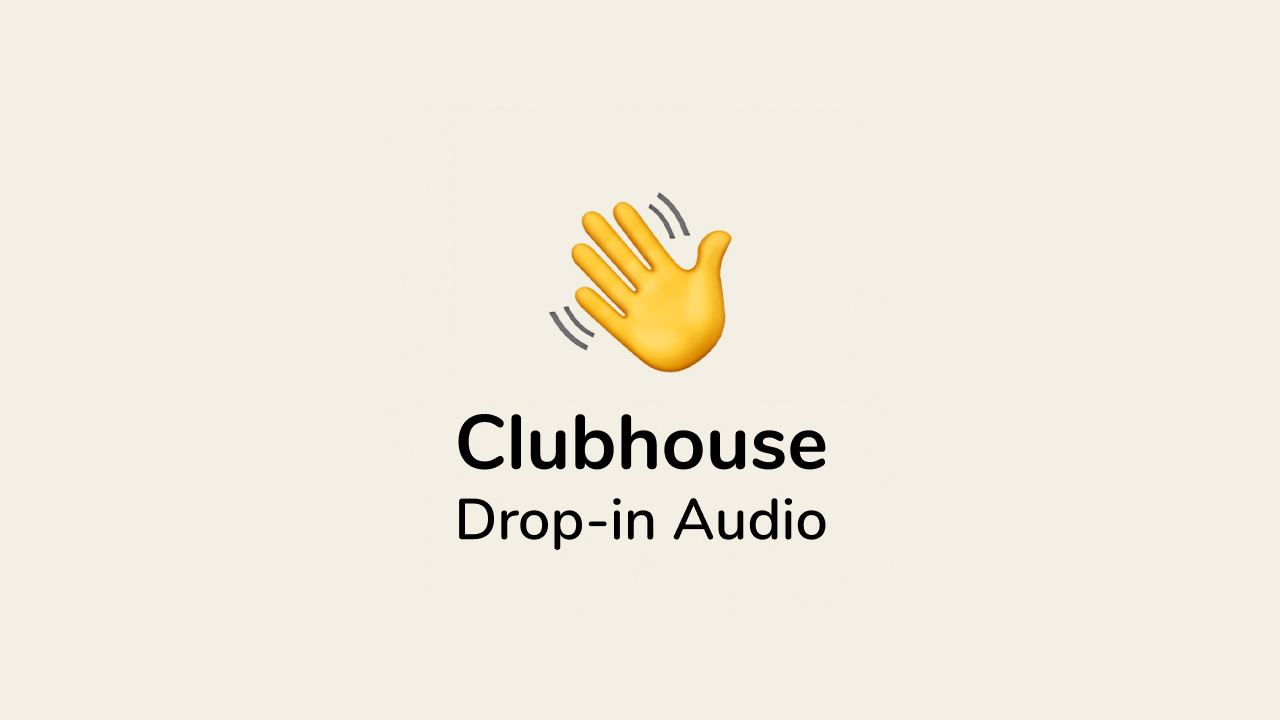Clubhouse: Pros and Cons for PR and Marketers
Feb 23, 2021 Samantha McGarry
Clubhouse is almost as buzzy these days as TikTok’s feta pasta. (I’ve tried the former but not the latter yet - but I hear it’s delicious.)
In a recent tweet, TechCrunch’s Steve O’Hear surmised that Clubhouse is “really whatever we make it.” I think he’s spot-on, even though the app feels very noisy to me right now.
If you’ve yet to dip your toes into the audio chat app phenom with its 8 million downloads then my advice is: you should, but proceed with some caution. There’s always the rush to participate because of its “cool factor” (I mean if Elon, Oprah and Zuck are doing it… ) But, like any new shiny new opportunity, you should weigh up the pros and cons before you get too excited and transition your entire thought leadership program over to Clubhouse.
How to decide if Clubhouse is where your PR and marketing should or could play? Here are some elements to consider:
The Pros
- It’s not Zoom or a virtual conference: Let’s face it, we’re all a bit tired of looking at each other’s faces in neat little flat boxes. Audio, on the other hand, is hot -- we all know how well podcasts have grown as a medium. And clubs, traditional clubs, well they’re how we’re wired societally, as we naturally seek to connect with people with common interests. So Clubhouse’s formula and timing are a great mix for these COVID times when we’re physically disconnected from one another.
- Spontaneity is cool and authentic: On Clubhouse, you can spin up a room at any time and invite folks to join. Got an urge to discuss breaking news or a timely topic? Looking for input from experts on an issue? Want to get something off your chest? Just launch a room. This kind of real-time, off-the-cuff discussion is the opposite of the scripted presentations and dialog we often have to sit through on webinars and virtual events, so it’s appealing in its rawness.
- The audience is eager, attentive, and diverse: As Clubhouse’s popularity grows, more people are clamoring for an invite to join, and then checking out the chats. Now’s the time to grab their attention, while people are still curious and devoting time to the app.
- Use cases and topic areas are as big as your imagination: I’ve dropped into rooms chatting about everything from French theater to meditation, cryptocurrency to sourdough baking, parenting to tech startups. To date, I’ve seen people and brands using Clubhouse for meetups, in lieu of webinars or virtual events/conferences, to facilitate support and inspiration groups, give presentations, debates, and more. The ways to use Clubhouse to complement and amplify (or even replace) other channels and content forms are plentiful.
- Private rooms: Clubhouse makes it easy to create and schedule a private room for a one-off discussion -- useful for us comms and marketing folks who tend to prefer a little more control and organization. While it lacks spontaneity, it’s also a better use of time and resources than spinning up a room on the fly and hoping folks will jump in. Private rooms are simple to promote through your regular channels so you can invite the audiences you desire at a day/time that suits.
- Clubs are growing: The volume of Clubhouse’s “formal” clubs -- permanent spaces you have to apply for -- is growing every day. Whatever you’re interested in, there’s probably already a club and the app makes it easy to check out their membership numbers and decide whether to follow. Then you’ll be able to see and join the conversations they are hosting. It helps to cut through the noisiness of the app.
- Lots of journalists are there: Reporters have been joining Clubhouse fast, a good sign that it’s where the action is. Reporters and publications are regularly hosting live interviews, AMAs, and general chats about the news.
- Listening = good research for any marketer: So it’s worth making the time to drop into rooms and conversations to hear what’s on people’s minds.
The Cons
- Who’s there?: How on earth do you know whether your target audience is actually on Clubhouse? It started out as a place where tech startup execs and venture capitalists hung out but in recent months hoards of others have joined. But just because it’s growing and popular doesn’t automatically mean it’s the right place for your executive or brand to participate. Check out this Clubhouse audience snapshot for some current audience demographics.
- Joining the dots to your funnel is challenging: Just had a great room discussion? Yay! So now what? How do you follow-up with the participants? How do you even know who was listening? This is a function of Clubhouse that’s lacking right now. Without a call to action in your audio content or manually checking the bios of the people in your audience and grabbing their other social handles, it’s not obvious or simple to integrate Clubhouse into your marketing and comms mix. Or measure it.
- Circumventing the media?: There’s a trend afoot for big names in tech to go direct to their audience, eschewing traditional media channels, something we covered recently here on the Inkhouse blog. Now it seems as if Clubhouse could be used in a similar fashion by a few with that power. There have already been reports of reporters being blocked by one big name VC. It’s not a trend we think is viable or valuable for the majority of brands.
- Twitter and Facebook copycats: Why hop on the Clubhouse bandwagon now? Perhaps it makes more sense to wait for similar audio chat products from the established social giants, with their mature audiences and business/advertising tools? Rumor has it that Facebook is working on a Clubhouse competitor and Twitter Spaces has been private beta testing since late last year.
- Privacy and security: It’s not really a surprise that Clubhouse has already experienced a data breach. And privacy concerns are also making headlines.
My Takeaway
It’s worth dipping your toes into Clubhouse. Find yourself an invite (I have 6 to give out) and go hang in a few rooms and join a few clubs. Avoid the instinct to only follow people you already follow on other social channels because chances are they’ll be saying the same thing they write, tweet, or say elsewhere. My recommendation is to use Clubhouse to seek out new people, new ideas, and new conversations, and to listen and learn from them. Once you determine you have something valuable and topical to contribute, then step up to the mic. It might feel safer at first to join a room in progress, and raise your hand to speak. Or, if you’re feeling bold, start your own room or create a private one and give it a go. In fact, that’s what Inkhouse CEO Beth Monaghan is doing on Wednesday 2/24 at 2 pm PST/5 pm EST in a “PR and Media Secrets for Startups” private room event with Scott Kirsner, David Richard, and Natasha Mascarenhas. You’ll find the event link here.
Also, check out these super helpful Clubhouse resources, curated, compiled, and generously shared via Sarah Evans’ PR@ctical newsletter. And for the basics, read the Clubhouse Guide.






